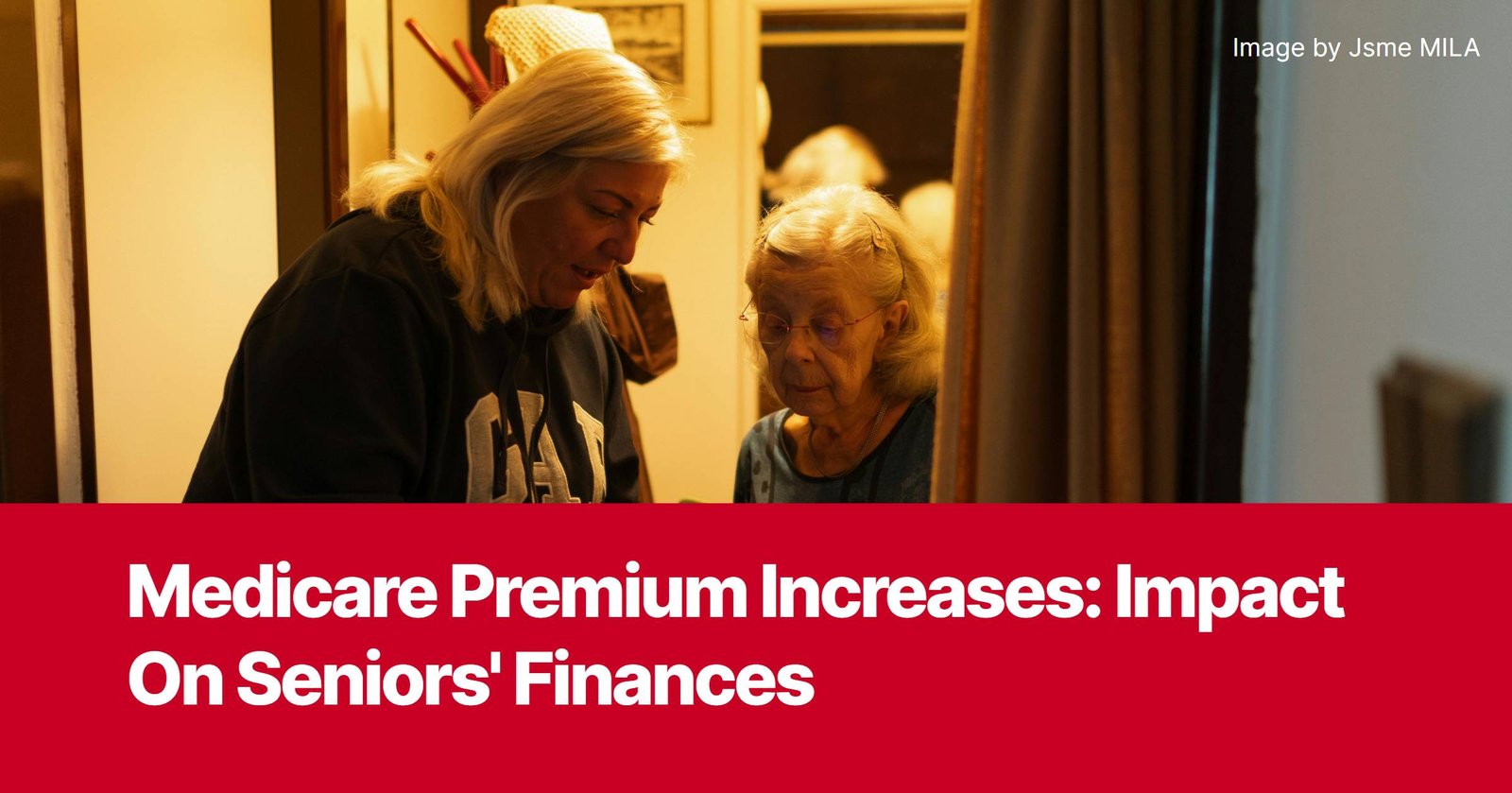As the leaves turn and we approach the end of 2024, news of impending changes to Medicare premiums for 2025 has sparked considerable discussion among beneficiaries and analysts alike. Recent announcements from the Centers for Medicare & Medicaid Services (CMS) have confirmed an increase in both Part A and Part B premiums, raising concerns about the financial burden on seniors, especially in light of current economic conditions.
The standard monthly premium for Part B, which covers outpatient care, physician services, and medical equipment, will rise by $10.30 to $185 in 2025. This increase follows a similar $10 hike between 2023 and 2024, reflecting a consistent upward trend in Part B premiums in recent years. The Part B annual deductible will also see an increase of $17, reaching $257 in 2025.
For the majority of Part B beneficiaries who have their premiums automatically deducted from their Social Security checks, this increase will directly impact their net benefits. While the 2.5% cost-of-living adjustment (COLA) for Social Security in 2025 will provide an average increase of $50 per month, the rise in Part B premiums will effectively reduce this boost. Although most beneficiaries will still see a net gain in their Social Security benefits, the impact of the Part B premium increase will be more pronounced for those with higher incomes subject to income-related monthly adjustment amounts (IRMAA).
Individuals earning over $106,000 annually (or $212,000 for joint filers) will face steeper premium increases, with the exact amount varying based on their income bracket. For the highest earners, premiums could reach as high as $629 per month. This tiered system means that high-income beneficiaries will bear a proportionally larger share of the increased costs, adding to existing financial pressures for those already facing higher healthcare expenses.
The increases are primarily attributed to projected increases in healthcare costs and anticipated utilization. These factors are consistent with historical trends, suggesting that Medicare spending is continuing to grow. This underscores the ongoing challenges of balancing the increasing demands on the Medicare system with the need to keep premiums affordable for beneficiaries.
Beyond Part B, Part A, which covers inpatient hospital services, will also see changes in 2025. The Part A inpatient hospital deductible will increase by $44 to $1,676, and daily coinsurance amounts for extended hospital stays and skilled nursing facility care will also rise. Furthermore, the monthly premium for Part A, which is paid by a small percentage of beneficiaries who do not have sufficient work history to qualify for premium-free Part A, will increase by $13 to $518.
The projected increases in Medicare premiums have reignited concerns about the long-term affordability of healthcare for seniors. Analyses reveal that Medicare Part B premiums have consistently outpaced both Social Security COLAs and inflation over the past two decades. This widening gap has led to a growing percentage of Social Security benefits being consumed by Medicare premiums, leaving seniors with less disposable income to cover other essential expenses. This issue is particularly acute for those with fixed incomes and limited savings, raising important questions about the financial stability of retirees and the sustainability of the current Medicare funding model.

The changes to Medicare premiums in 2025 represent a complex issue with wide-ranging implications. While the COLA will partially offset the Part B premium increase for most beneficiaries, the impact will be significant for high-income earners. The ongoing upward trend in Medicare costs raises important questions about the future of the program and the financial well-being of seniors. As we move into 2025, these issues will continue to be at the forefront of discussions surrounding healthcare policy and retirement planning.



















